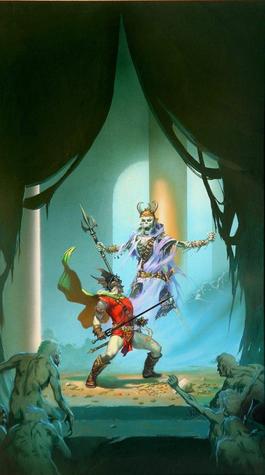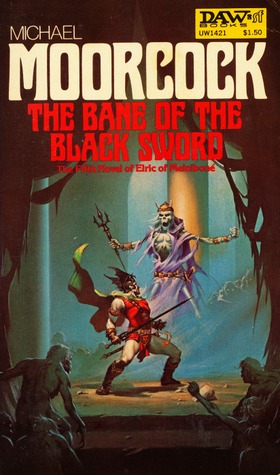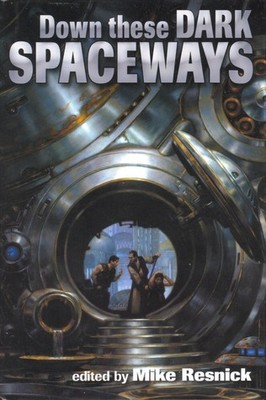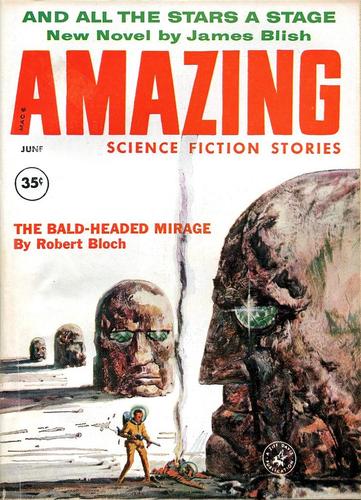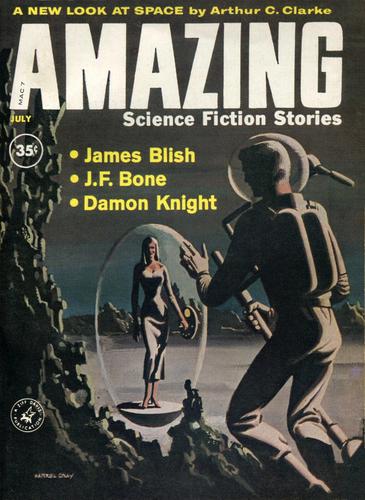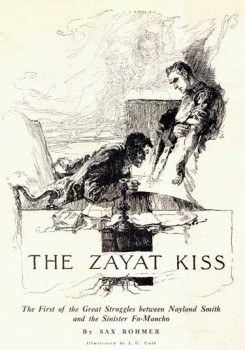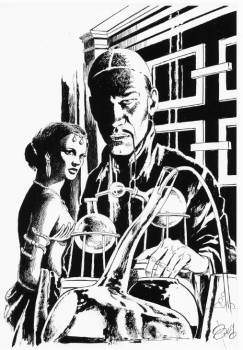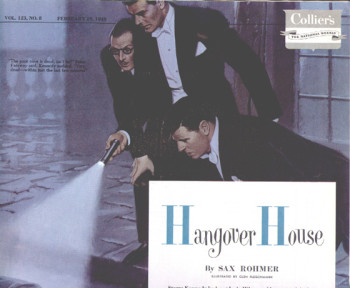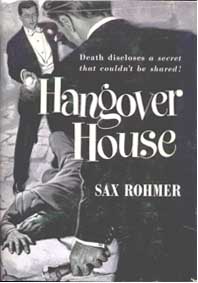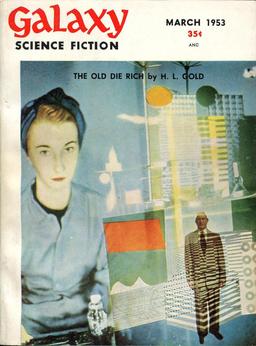The Books of David G. Hartwell: The Canadian Anthologies
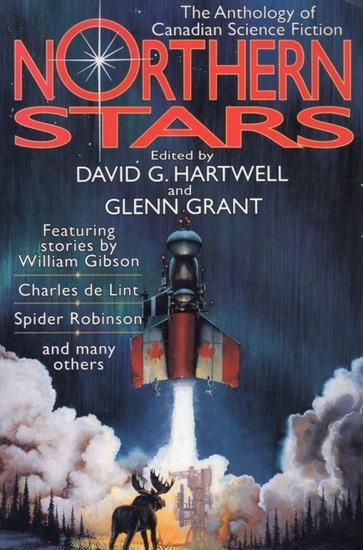 |
 |
We lost David Hartwell on January 20th. This is our fifth article in a series that looks back at one of the most gifted editors in our industry.
By the early 90s, as a result of the success of books like The Dark Descent and its follow up, Foundations of Fear, David Hartwell had found his market niche: weighty anthologies that had a solid claim to being definitive surveys of the fantastic. David started with fantasy and horror, and quickly expanded into science fiction, with books like The World Treasury of Science Fiction (1989) and The Ascent of Wonder: The Evolution of Hard SF (1994), co-edited with Kathryn Cramer.
In the mid to late 90s, David produced two highly regarded anthologies of Canadian science fiction, both edited by Canadian SF writer and critic Glen Grant: Northern Stars: The Anthology of Canadian Science Fiction (1994) and Northern Suns (1999). The former is a fine collection of the best Canadian SF produced in the late 20th Century (1973-1994), and the latter serves as an excellent snapshot of the best Canadian writers working in the field in the late 90s.



